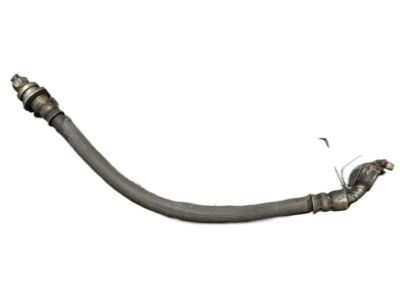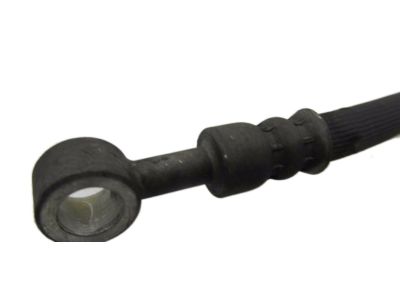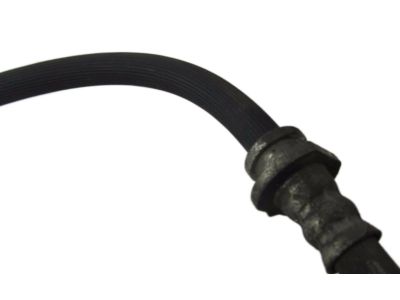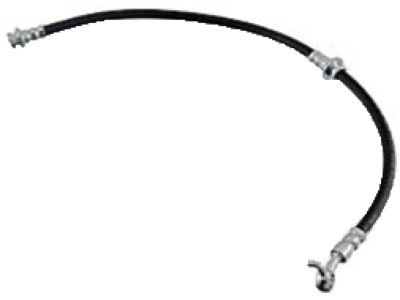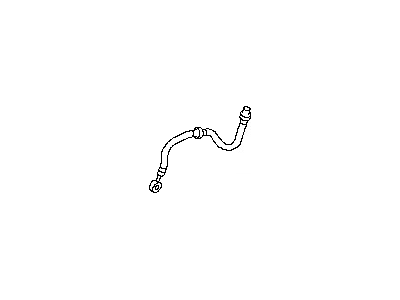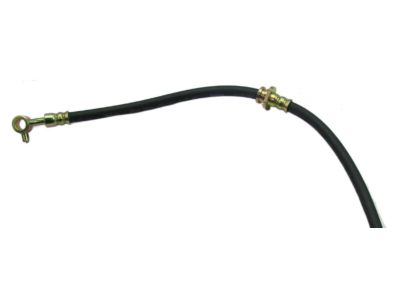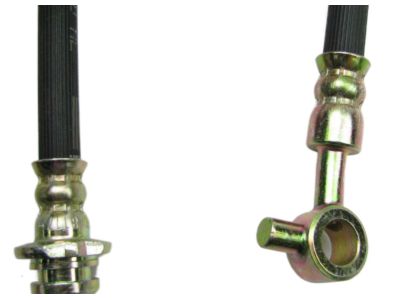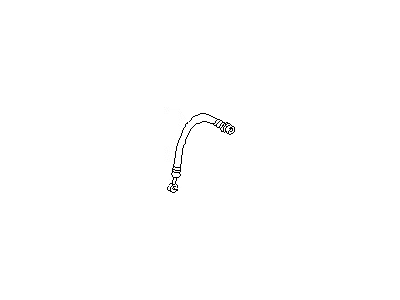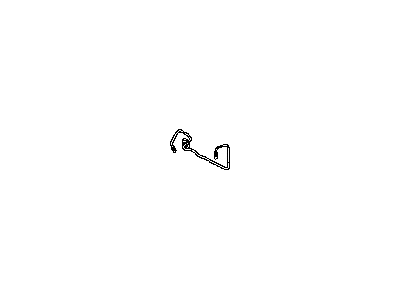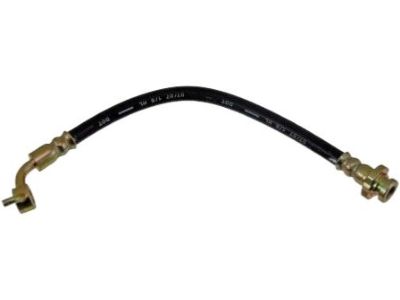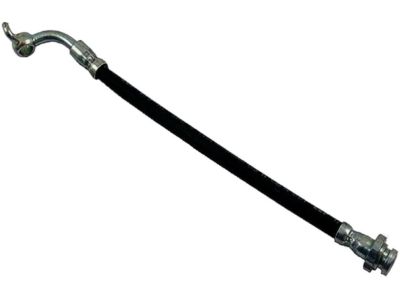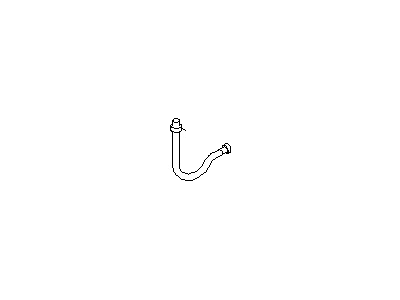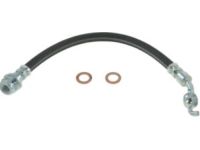×
- Hello
- Login or Register
- Quick Links
- Live Chat
- Track Order
- Parts Availability
- RMA
- Help Center
- Contact Us
- Shop for
- Nissan Parts
- Nissan Accessories

My Garage
My Account
Cart
Genuine Nissan Altima Brake Line
Brake Hose- Select Vehicle by Model
- Select Vehicle by VIN
Select Vehicle by Model
orMake
Model
Year
Select Vehicle by VIN
For the most accurate results, select vehicle by your VIN (Vehicle Identification Number).
67 Brake Lines found

Nissan Altima Hose Assy-Brake,Rear
Part Number: 46210-3TA5B$17.28 MSRP: $25.02You Save: $7.74 (31%)Ships in 1-3 Business Days
Nissan Altima Hose Assy-Brake,Front
Part Number: 46210-3TA0B$43.41 MSRP: $62.88You Save: $19.47 (31%)Ships in 1-3 Business Days
Nissan Altima Hose Assembly-Brake Front
Part Number: 46210-JA00A$44.25 MSRP: $64.08You Save: $19.83 (31%)Ships in 1-3 Business Days
Nissan Altima Hose Assembly-Brake Front
Part Number: 46210-JA01A$44.25 MSRP: $64.08You Save: $19.83 (31%)Ships in 1-3 Business DaysNissan Altima Hose Brake Rear RH
Part Number: 46210-6CA7B$18.28 MSRP: $26.48You Save: $8.20 (31%)Ships in 1-3 Business DaysNissan Altima Hose Brake Rear
Part Number: 46210-3TA5A$17.28 MSRP: $25.02You Save: $7.74 (31%)Ships in 1-3 Business DaysNissan Altima Tube Assembly - Brake, Front RH
Part Number: 46240-3TA1B$48.10 MSRP: $69.67You Save: $21.57 (31%)Ships in 1-3 Business DaysNissan Altima Hose Brake Rear
Part Number: 46210-6CA5B$13.64 MSRP: $19.75You Save: $6.11 (31%)Ships in 1-2 Business DaysNissan Altima Tube-Vacuum,Brake Booster
Part Number: 47401-6CA0A$15.64 MSRP: $21.57You Save: $5.93 (28%)Ships in 1-3 Business DaysNissan Altima Hose Assembly-Brake Front
Part Number: 46210-3TA0A$43.41 MSRP: $62.88You Save: $19.47 (31%)Ships in 1-3 Business DaysNissan Altima Hose Assy-Brake,Front
Part Number: 46211-3TA0B$51.77 MSRP: $74.98You Save: $23.21 (31%)Ships in 1-3 Business DaysNissan Altima Hose Brake Rear
Part Number: 46211-3TA0A$51.77 MSRP: $74.98You Save: $23.21 (31%)Ships in 1-3 Business DaysNissan Altima HOSE ASSY-BRAKE FRONT
Part Number: 46210-6CA0C$17.42 MSRP: $25.23You Save: $7.81 (31%)Ships in 1-3 Business DaysNissan Altima Hose Assembly-Brake Front
Part Number: 46210-ZB51A$43.45 MSRP: $59.85You Save: $16.40 (28%)Ships in 1-2 Business DaysNissan Altima Tube-Booster To Tank
Part Number: 47401-JA000$16.62 MSRP: $22.92You Save: $6.30 (28%)Ships in 1-3 Business DaysNissan Altima Tube Assembly - Brake, Front RH
Part Number: 46240-3TA1A$48.10 MSRP: $69.67You Save: $21.57 (31%)Ships in 1-3 Business DaysNissan Altima Hose Assembly-Brake Front
Part Number: 46210-6CA0B$17.42 MSRP: $25.23You Save: $7.81 (31%)Ships in 1-2 Business DaysNissan Altima Hose Assy-Brake,Rear
Part Number: 46210-JA020$23.71 MSRP: $34.33You Save: $10.62 (31%)Ships in 1-3 Business Days
| Page 1 of 4 |Next >
1-20 of 67 Results
Nissan Altima Brake Line
If you need any OEM Nissan Altima Brake Line, feel free to choose them out of our huge selection of genuine Nissan Altima Brake Line. All our parts are offered at unbeatable prices and are supported by the manufacturer's warranty. In addition, we offer quick shipping to have your parts delivered to your door step in a matter of days.
Nissan Altima Brake Line Parts Questions & Experts Answers
- Q: How should you inspect and replace flexible brake hoses and lines on Nissan Altima?A:Approximately, every half a year, with the vehicle off the ground and supported on jackstands, check the flexible rubber hoses which connect steel brake lines to the front and the rear brake assemblies as they are the vital part of the braking system of a vehicle and may be damaged due to the cracks, chafing, leaks, blisters, and others. A light and mirror should be used for this purpose and any damaged hoses should be replaced with new ones. Before replacing a brake hose, one is required to remove the wheel by loosing the wheel lug nuts, lifting the vehicle. And using the flare-nut wrench to unscrew the brake line fitting from the hose without rounding the corner. One has to unscrew the female fitting at the bracket by using the pair of pliers and immerse the hose through it. At the caliper end, unbolt the banjo bolt and disconnect the hose from the caliper; in this process, be sure to slot in the two sealing washers before reconnecting. For front brake hose replacement, disconnect the hose from the strut bracket, and push the caliper hose end through the new hole in the strut bracket, and tighten the banjo bolt coupled with a new sealing washer in the caliper hose while making sure not to twist the new hose. Push the hose into the frame bracket, use only hand to screw the brake line fitting in place, then put the U-clip on it and tighten the hose line fitting. Then, bleed the caliper, fit the wheel back on and screw the lug nuts on, then lift the car, and torque the lug nuts to the required tightness. Specifically for replacement of brake lines, correct steel parts should be used and copper tubing should not be used. Flared brake tube with inserted fittings can be bought in auto part stores with brake lines matched ready to be installed. Guarantee the new line has good mechanical support on the brackets and is sufficiently guarded from hot or moving parts. If you installed your brake system recently then after installation you should check master cylinder fluid level and if it is low then add fluid in the master cylinder; then release the brake system's air before a test drive in traffic.
Related Nissan Altima Parts
Browse by Year
2024 Brake Line 2023 Brake Line 2022 Brake Line 2021 Brake Line 2020 Brake Line 2019 Brake Line 2018 Brake Line 2017 Brake Line 2016 Brake Line 2015 Brake Line 2014 Brake Line 2013 Brake Line 2012 Brake Line 2011 Brake Line 2010 Brake Line 2009 Brake Line 2008 Brake Line 2007 Brake Line 2006 Brake Line 2005 Brake Line 2004 Brake Line 2003 Brake Line 2002 Brake Line 2001 Brake Line 2000 Brake Line 1999 Brake Line 1998 Brake Line 1997 Brake Line 1996 Brake Line 1995 Brake Line 1994 Brake Line 1993 Brake Line



